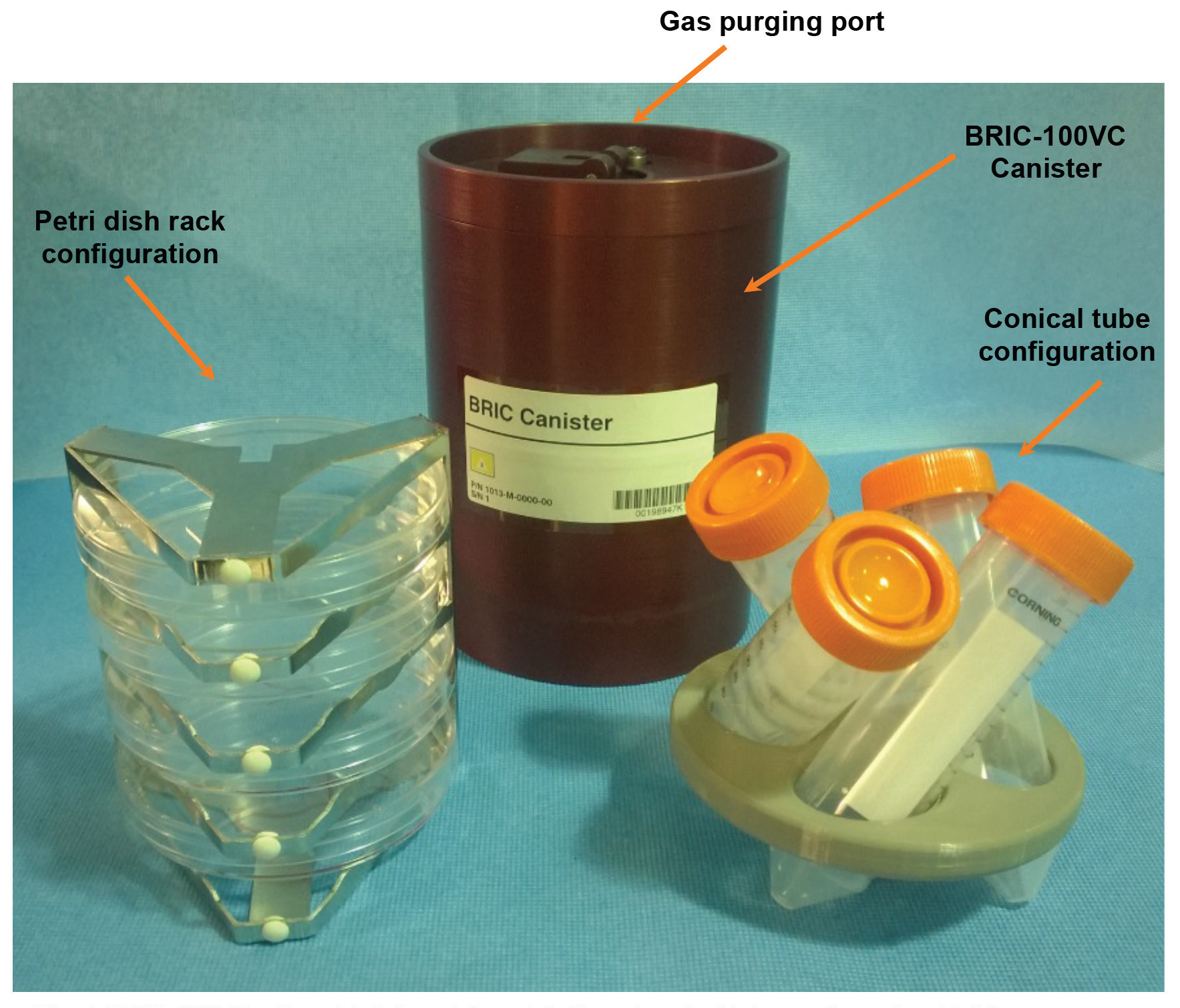The first mission with the NASA’s Orion spacecraft will be uncrewed, but there will be several small biological passengers on the journey around the Moon to help pave the way for future human explorers
NASA’s Space Biology Program selected four space biology investigations that will look at the nutritional value of seeds, DNA repair of fungi, adaptation of yeast, and gene expression of algae to help researchers better understand how biological systems are affected by a deep space environment in preparation for human missions to the Moon, and eventually Mars. The common theme to these investigations is to study DNA damage and protection from radiation, for Moon missions, where radiation exposure will be roughly twice what it is on the International Space Station.
Orion will launch on the Space Launch System (SLS) rocket from the modernized spaceport at the agency’s Kennedy Space Center in Florida for its maiden mission around the Moon and back over the course of about a month. Researchers will use this uncrewed flight test as an opportunity to study effects from the combined environment of space radiation and microgravity. Beyond low-Earth orbit, cosmic radiation is trapped in the Van Allen Belts that are part of Earth’s magnetosphere and can be dangerous to humans and other living organisms, as well as sensitive electronics. The Moon is about 250,000 miles from the Earth, which is about 1,000 times more than the distance from Earth to the International Space Station, and offers a true deep space radiation environment outside the Van Allen Belts.
The experiments will be carried in a container stored in the crew compartment of the Orion capsule for the duration of the mission as it passes through the Van Allen Belts on the way out to the Moon and again on the way back to Earth. All specimens will be returned to the researchers for post-flight analyses after the spacecraft splashes down in the Pacific Ocean.
NASA selected investigators from four institutions. When fully implemented, the awards will total ~$1.6 million in fiscal years 2019-2022. The awardees are as follows:
- Federica Brandizzi, Ph.D., Michigan State University
Life beyond Earth: Effect of space flight on seeds with improved nutritional value
This study will characterize how spaceflight effects nutrient stores in plants seeds with the goal of gaining new knowledge that will help increase the nutritional value of plants grown in spaceflight.
- Timothy Hammond, Ph.D., Institute For Medical Research, Inc.
Fuel to Mars
This research will include studies with the photosynthetic algae, Chlamydomonas reinhardtii, to identify important genes that contribute to its survival in deep space.
- Zheng Wang, Ph.D., Naval Research Laboratory
Investigating the Roles of Melanin and DNA Repair on Adaptation and Survivability of Fungi in Deep Space
Researchers will be using the fungus Aspergillus nidulans to investigate radioprotective effects of melanin and the DNA damage response.”
- Luis Zea, Ph.D., University of Colorado, Boulder
Multi-Generational Genome-Wide Yeast Fitness Profiling Beyond and Below Earth’s van Allen Belts
This investigation will use yeast as a model organism to identify genes that help organisms adapt to the conditions of both deep spaceflight on the EM-1 mission, and of Low Earth Orbit on the ISS.
NASA awarded these grants under the NASA Research Announcement NNH18ZTT001N-EM1 “Appendix A: Orion Exploration Mission-1 Research Pathfinder for Beyond Low Earth Orbit Space Biology Investigations” which is part of the Research Opportunities in Space Biology (ROSBio) Omnibus. The Space Biology Program is managed by the Space Life and Physical Sciences Research and Applications Division in NASA’s Human Exploration and Operations Mission Directorate at the agency’s headquarters in Washington, D.C.



























